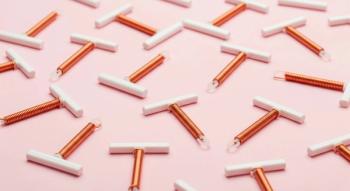
Controversies in OB/GYN: Should embolization be offered to patients who need fibroid surgery?
Multiple studies have shown UAE to be safe and effective in appropriate candidates. Spies reported that UAE reduced menorrhagia in 90% (95% CI, 86%–95%) of patients and decreased bulk-related symptoms in 91% (95% CI, 86%–95%).2 The Ontario Uterine Fibroid Embolization Trial reported significantly improved fibroid life-impact scores after the procedure in 538 patients, as well as a 91% patient satisfaction rating.3 In another recently published study, UAE also improved quality of life, with less complications, compared to hysterectomy.4
UAE is not considered to be a definitive treatment in the same sense as hysterectomy, and a small percentage of patients eventually need additional therapy for their symptoms. However, that may be an acceptable trade off for many women in exchange for a less invasive procedure with a quicker recovery. The same bargain is routinely made by women who elect to have hysteroscopic or laparoscopic procedures.
UAE may be beneficial for almost any patient being considered for myomectomy or hysterectomy for fibroid disease, but be aware of contraindications. These include contrast allergy, renal insufficiency, pelvic infection, current pregnancy, arteriovenous shunting, an undiagnosed pelvic mass or genital tract cancer, and prior pelvic radiation. UAE is relatively contraindicated in women who want to get pregnant.5-7
Given the growing body of literature attesting to UAE's efficacy and safety, why does its performance continue to pale in comparison to the approximately 250,000 annual hysterectomies and a lesser but still significant number of myomectomies done for fibroid disease every year in the United States? That question recently has received extensive media attention. The Wall Street Journal published a front page story suggesting that most gynecologists, who are the de facto gatekeepers for the procedure, were not referring or even discussing UAE with appropriate candidates because of economic self-interest.8 Whenever a patient elects to undergo UAE (performed by an interventional radiologist) rather than hysterectomy or myomectomy, gynecologists lose money because they are not doing a surgical procedure.
Newsletter
Get the latest clinical updates, case studies, and expert commentary in obstetric and gynecologic care. Sign up now to stay informed.










